Home>Home Appliances>Kitchen Appliances>How To Keep Wood Stove Glass From Getting Black
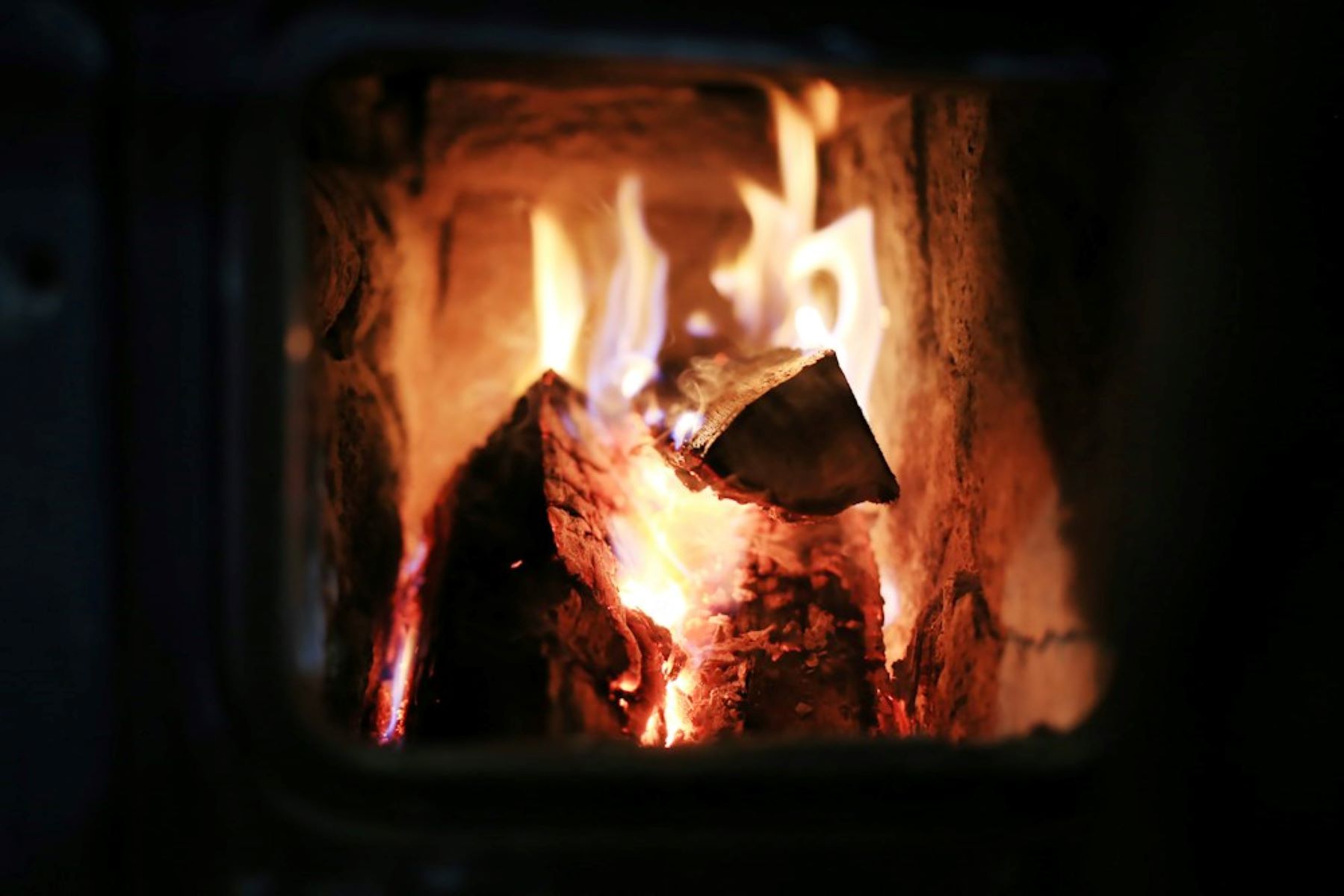

Kitchen Appliances
How To Keep Wood Stove Glass From Getting Black
Modified: February 18, 2024
Learn effective tips to prevent your wood stove glass from turning black. Keep your kitchen appliances looking clean and clear with these simple solutions.
(Many of the links in this article redirect to a specific reviewed product. Your purchase of these products through affiliate links helps to generate commission for Storables.com, at no extra cost. Learn more)
Choose the Right Fuel
Selecting the right fuel for your wood stove is crucial in preventing the glass from getting black. The type of fuel you use can significantly impact the cleanliness and clarity of the glass, ensuring a more enjoyable and efficient heating experience.
Dry, Seasoned Wood
Using dry, seasoned wood is essential for maintaining clean stove glass. Green or wet wood contains higher moisture levels, leading to incomplete combustion and the production of more smoke and soot. This can quickly result in a layer of black residue accumulating on the glass. In contrast, dry wood with a moisture content of around 20% or less burns more efficiently, producing less smoke and minimal creosote buildup. As a result, the glass remains clearer for longer periods.
Hardwoods vs. Softwoods
When choosing firewood, opt for hardwoods such as oak, maple, or birch over softwoods like pine or spruce. Hardwoods are denser and contain less sap, resulting in a cleaner burn with reduced smoke and creosote production. This cleaner combustion process helps maintain the clarity of the glass, minimizing the need for frequent cleaning and ensuring a more visually appealing fire.
Pellet Quality
For pellet stoves, selecting high-quality pellets is essential for keeping the glass clean. Premium wood pellets made from pure hardwood sawdust burn more efficiently, leaving behind minimal ash and soot. Lower-quality pellets, often containing additives or higher ash content, can lead to increased residue buildup on the glass. By choosing superior pellets, you can maintain a clearer view of the fire and reduce the frequency of glass cleaning.
By carefully considering the type and quality of fuel you use, you can effectively minimize the accumulation of soot and creosote on your wood stove glass. This not only enhances the aesthetic appeal of your stove but also contributes to its overall efficiency and performance. Making informed choices regarding fuel selection is a proactive step toward ensuring a cleaner, more enjoyable wood stove experience.
Key Takeaways:
- Choose dry, seasoned hardwood for your wood stove to keep the glass clean. Quality fuel leads to efficient burning, less smoke, and minimal residue buildup, ensuring a clearer view of the fire.
- Regularly clean your wood stove glass and adjust airflow for a visually appealing fire. Using specialized polishes or cleaners can further enhance the glass’s transparency, contributing to an enchanting stove experience.
Clean the Glass Regularly
Regular cleaning of your wood stove glass is essential for maintaining its transparency and ensuring a visually appealing fire. Over time, the combustion process can lead to the accumulation of soot and creosote on the glass, obstructing the view of the flames and diminishing the stove's aesthetic appeal. By incorporating a consistent glass-cleaning routine, you can preserve the clarity of the glass and enjoy an unobstructed view of the mesmerizing fire within.
Importance of Regular Cleaning
Frequent use of a wood stove can result in the gradual buildup of soot and creosote on the glass surface. This residue not only obstructs the view of the fire but also hinders the transfer of heat from the flames into the room. Regular cleaning not only enhances the visual appeal of the stove but also ensures its optimal performance and efficiency.
Cleaning Methods
Several effective methods can be employed to clean wood stove glass. One popular approach involves using a specialized stove glass cleaner, which is formulated to effectively remove stubborn soot and creosote deposits. These cleaners are designed to be non-abrasive, preventing damage to the glass while effectively eliminating residue.
Alternatively, a DIY cleaning solution can be created using a mixture of white vinegar and water. This natural solution can be applied to the glass surface and left for a few minutes to loosen the buildup before being wiped away with a soft cloth or paper towel. This method offers an eco-friendly and cost-effective approach to maintaining clean stove glass.
Cleaning Frequency
The frequency of glass cleaning largely depends on the intensity of stove usage. For heavily used stoves, a weekly cleaning routine may be necessary to prevent the buildup of stubborn residue. However, for stoves used less frequently, a monthly cleaning schedule may suffice to maintain the glass's clarity.
Preventive Measures
In addition to regular cleaning, implementing preventive measures can help minimize the accumulation of soot and creosote on the glass. This includes ensuring proper airflow and combustion within the stove, as well as using high-quality, well-seasoned wood or pellets. By addressing these factors, you can reduce the frequency of cleaning while preserving the transparency of the glass.
By incorporating regular glass cleaning into your wood stove maintenance routine, you can uphold the visual appeal of your stove and ensure an unobstructed view of the enchanting flames. This not only enhances the ambiance of your living space but also contributes to the efficient and effective operation of your wood stove.
Read more: How To Protect Glass Cooktop From Scratches
Adjust the Airflow
Proper airflow management is a fundamental aspect of maintaining clean and clear wood stove glass. The regulation of airflow within the stove significantly influences the combustion process, impacting the production of soot and creosote. By understanding and effectively adjusting the airflow, you can optimize the burning process, minimize residue buildup, and preserve the transparency of the glass.
Primary and Secondary Air Controls
Wood stoves are equipped with primary and secondary air controls, allowing users to manage the combustion process. The primary air control, typically located at the bottom of the stove, regulates the amount of air entering the firebox. By adjusting this control, you can influence the intensity of the fire and the rate of wood consumption. The secondary air control, often positioned above the fire, governs the airflow that fuels the combustion of gases and particles released during the burning process.
Achieving Complete Combustion
Effective airflow management is essential for achieving complete combustion, where the wood or pellets burn cleanly and efficiently, leaving behind minimal residue. When the primary and secondary air controls are appropriately adjusted, a balanced and controlled burning environment is established, reducing the production of smoke and soot. This not only contributes to a more visually appealing fire but also minimizes the accumulation of deposits on the glass.
Impact on Glass Clarity
Inadequate airflow can lead to incomplete combustion, resulting in the generation of excess smoke and particulates. This can lead to the rapid buildup of soot and creosote on the glass, obstructing the view of the fire. Conversely, optimal airflow management promotes a cleaner burn, reducing the formation of residue and preserving the transparency of the glass. By maintaining the correct airflow settings, you can enjoy a consistently clear view of the enchanting flames within the stove.
Read more: How To Remove Scratches From Glass Cooktop
Observing and Adjusting
Regular observation of the fire and the glass can provide valuable insights into the effectiveness of the airflow settings. A well-regulated fire should exhibit a steady and vibrant flame, indicative of efficient combustion. If the glass begins to darken or soot accumulates rapidly, it may indicate the need for airflow adjustments. By attentively monitoring the fire and making necessary airflow modifications, you can sustain a clean and clear glass surface.
Balancing Efficiency and Clarity
Finding the optimal balance between efficient combustion and glass clarity is key to successful airflow management. While maximizing efficiency is important for heat output and fuel economy, maintaining a transparent glass surface enhances the aesthetic appeal of the stove. By fine-tuning the airflow controls to achieve this equilibrium, you can enjoy both the warmth of a well-operating stove and the captivating sight of a pristine fire.
Incorporating effective airflow management into your wood stove operation is pivotal for preserving the clarity of the glass and ensuring a visually pleasing fire. By understanding the impact of airflow on combustion and residue buildup, you can proactively adjust the controls to maintain a clean and transparent glass surface, enhancing the overall experience of using a wood stove.
Use a Stove Polish or Cleaner
In addition to proactive fuel selection, regular glass cleaning, and effective airflow management, the use of a stove polish or cleaner can further contribute to maintaining the cleanliness and transparency of wood stove glass. These specialized products are designed to effectively remove stubborn soot and creosote deposits, restoring the glass to its pristine condition and enhancing the visual allure of the fire.
Stove Glass Polishes
Stove glass polishes are formulated to provide a protective and lustrous finish to the glass surface, offering both cleaning and aesthetic benefits. These polishes are often heat-resistant and can withstand the high temperatures generated during stove operation. By applying a stove glass polish, you can effectively eliminate residue buildup while imparting a glossy sheen to the glass, elevating the overall appearance of the stove. Additionally, the protective properties of the polish can help repel future soot and creosote accumulation, prolonging the intervals between cleaning sessions.
Read more: How To Remove Burnt Food From Glass Cooktop
Specialized Cleaners
Specialized stove glass cleaners are tailored to dissolve and remove tough, baked-on deposits from the glass surface. These cleaners are formulated to be non-abrasive, ensuring that they effectively eliminate residue without causing damage to the glass. By following the manufacturer's instructions for application and removal, you can restore the glass to its original clarity, allowing for an unobstructed view of the enchanting flames within the stove.
Application Techniques
When using stove polishes or cleaners, it is essential to follow the provided guidelines for application and usage. Prior to applying the product, ensure that the stove has completely cooled to prevent any adverse reactions to the heat. Apply the polish or cleaner evenly to the glass surface, allowing it to penetrate and loosen the stubborn residue. Following the recommended duration, gently wipe away the product along with the dissolved deposits, revealing a revitalized and transparent glass surface.
Maintenance and Longevity
Incorporating stove polishes or cleaners into your maintenance routine can significantly contribute to the longevity and visual appeal of the wood stove glass. By periodically applying these products, you can prevent the accumulation of stubborn residue, maintain the transparency of the glass, and prolong the intervals between thorough cleaning sessions. Additionally, the protective properties of stove polishes can safeguard the glass from future buildup, ensuring a consistently clear and captivating view of the fire.
By utilizing stove polishes and cleaners as part of your wood stove maintenance regimen, you can uphold the pristine condition of the glass, enhancing the aesthetic charm of the stove and preserving an unobstructed view of the mesmerizing flames. These specialized products serve as valuable allies in the ongoing effort to maintain a clean and visually appealing wood stove, enriching the overall experience of heating your living space with the warmth and allure of a crackling fire.
Frequently Asked Questions about How To Keep Wood Stove Glass From Getting Black
Was this page helpful?
At Storables.com, we guarantee accurate and reliable information. Our content, validated by Expert Board Contributors, is crafted following stringent Editorial Policies. We're committed to providing you with well-researched, expert-backed insights for all your informational needs.
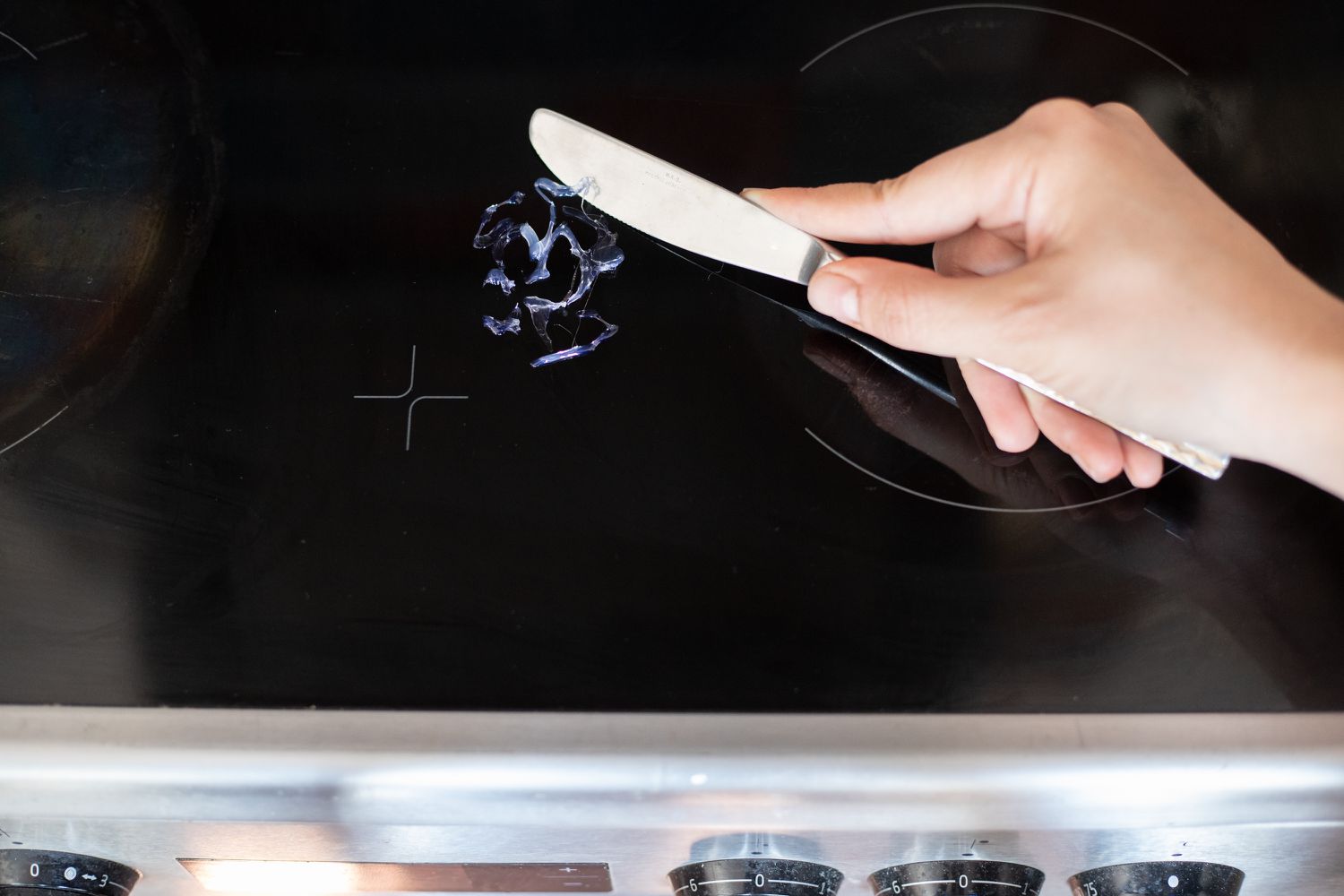
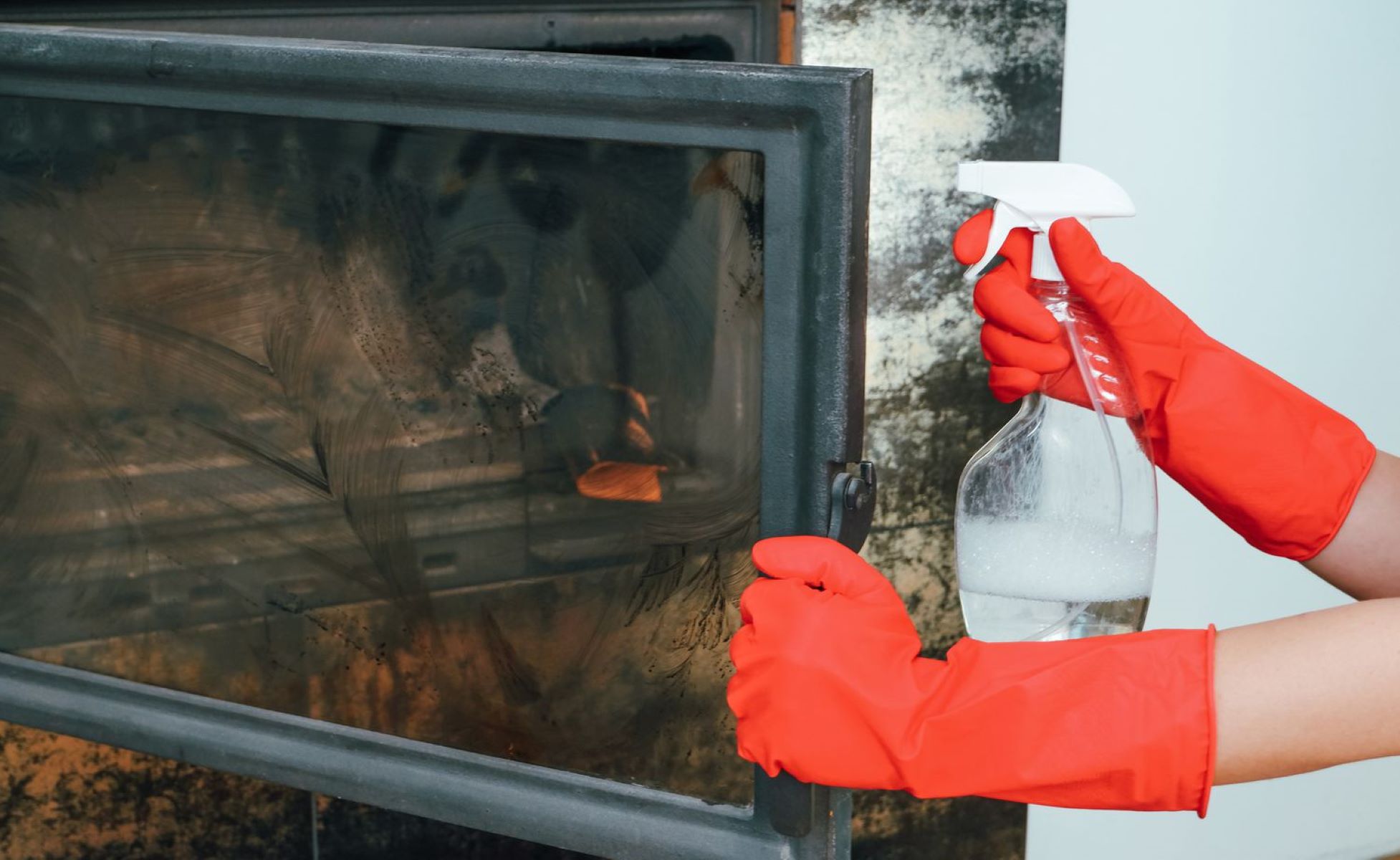

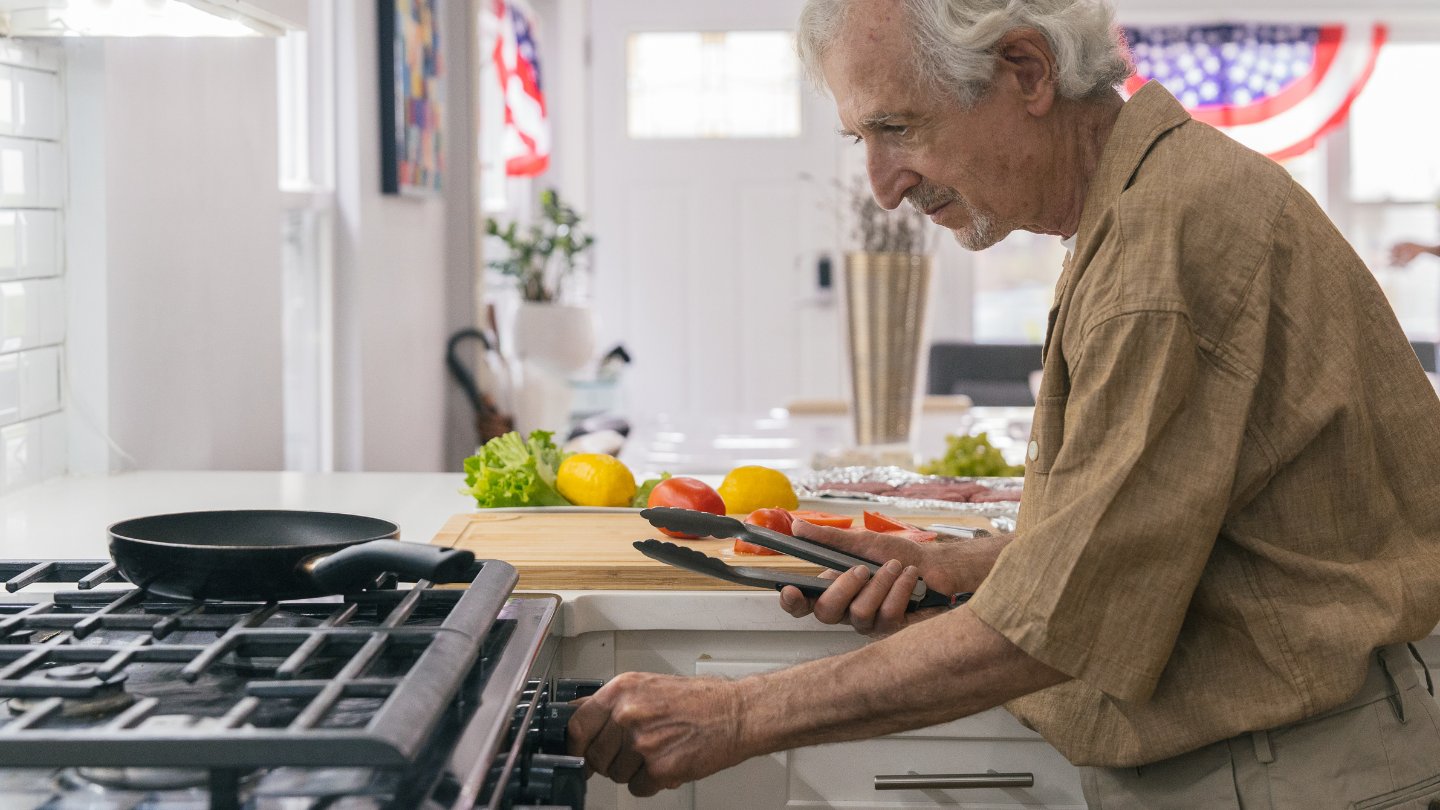


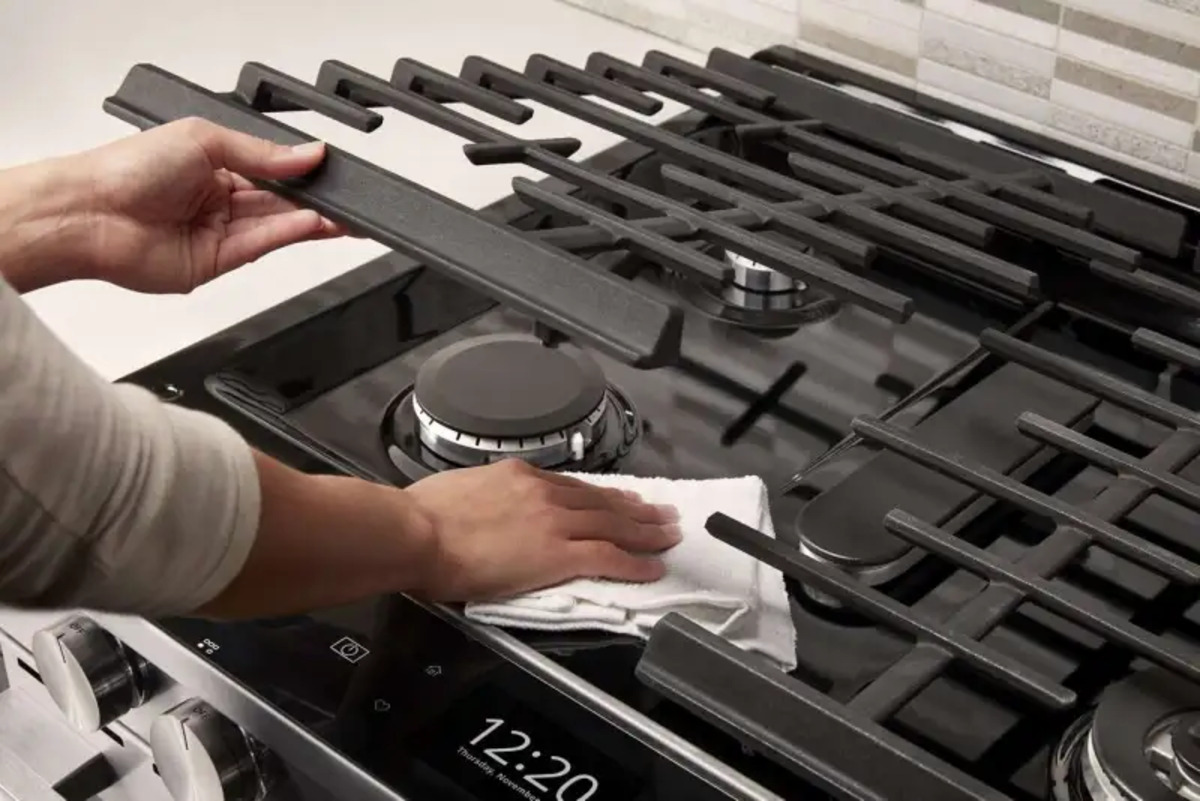


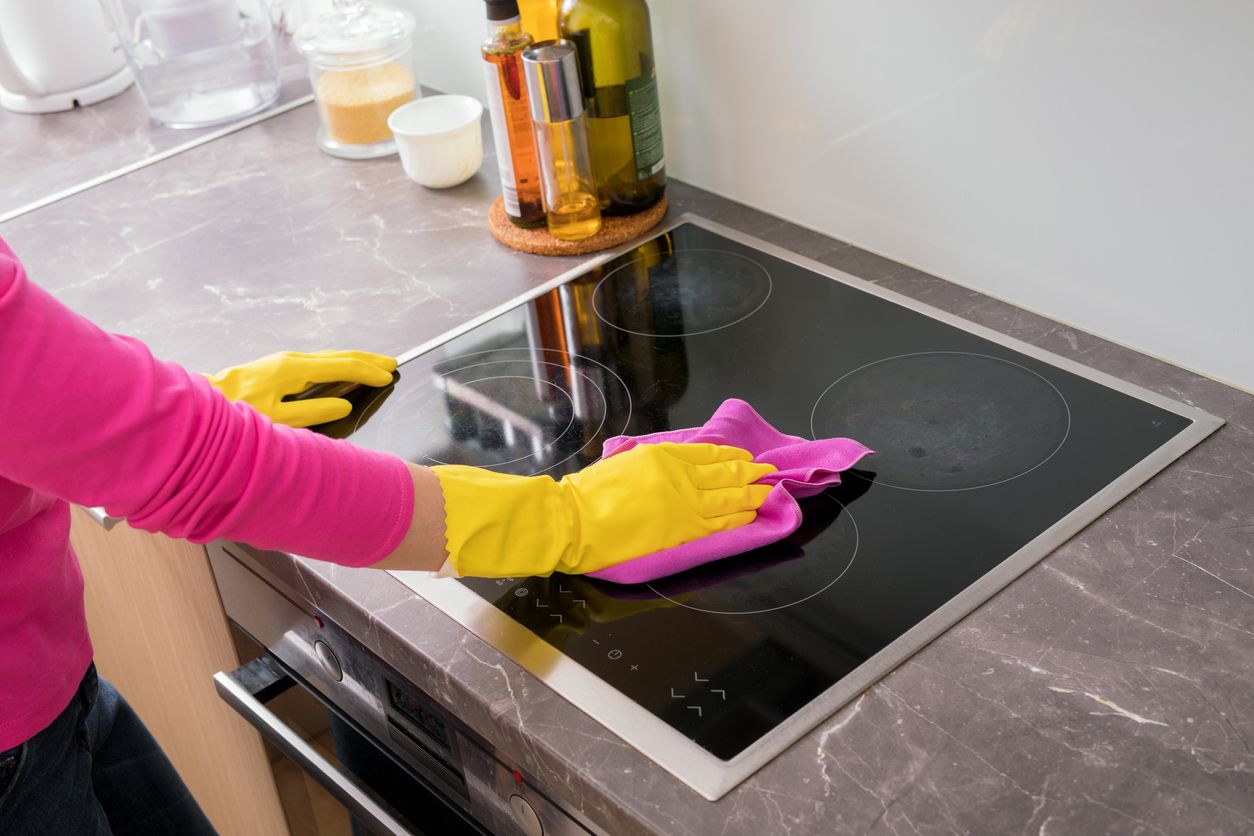
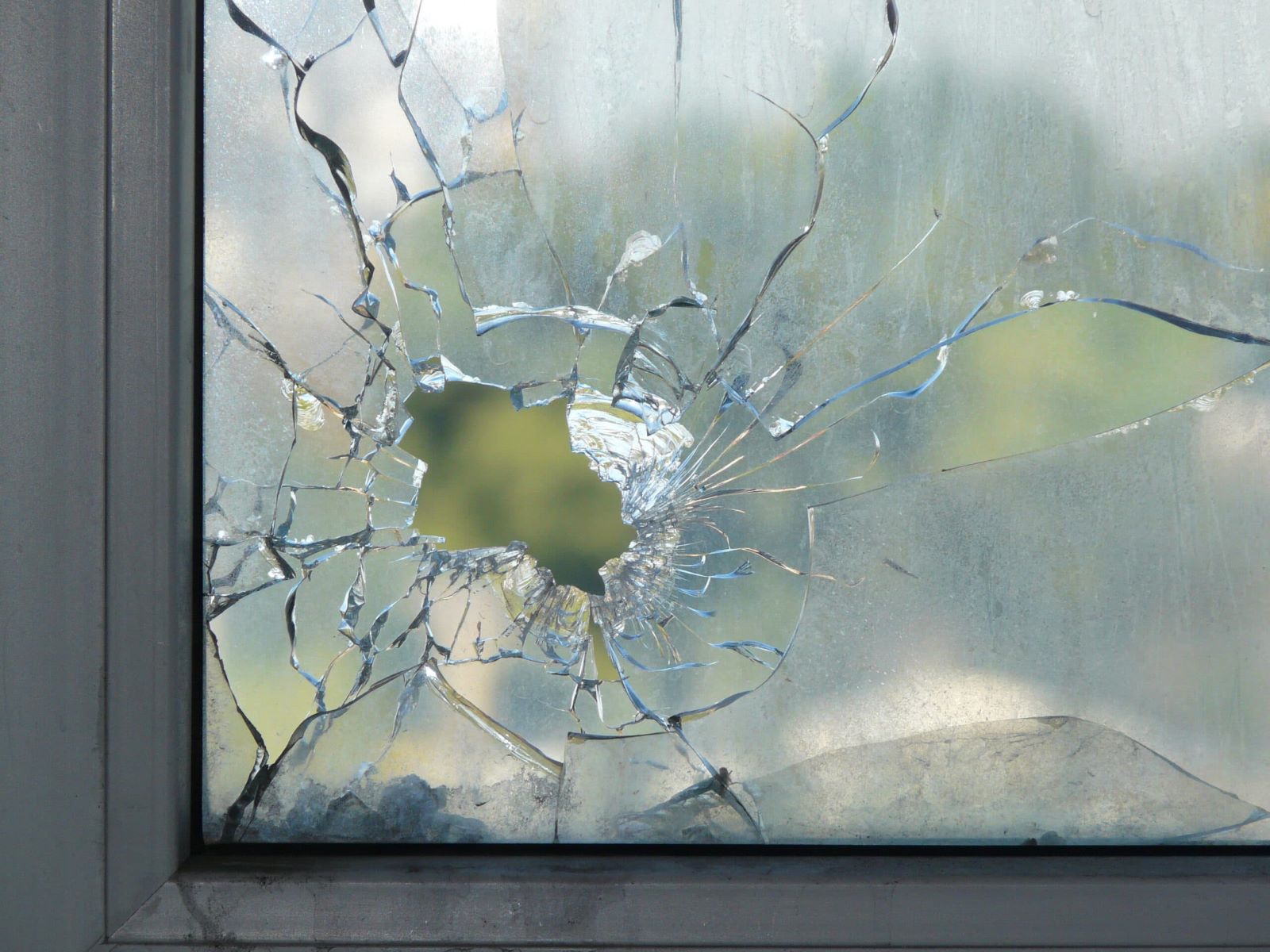

0 thoughts on “How To Keep Wood Stove Glass From Getting Black”